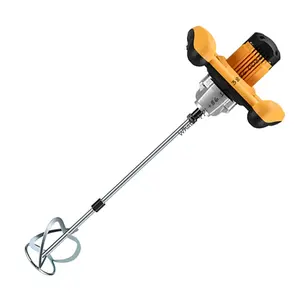Popular in your industry

































































Top categories
About v planing machine
Introduction to V Planing Machine
A v planing machine is a specialized tool used in woodworking to create smooth and flat surfaces on wood pieces. It operates by cutting across the wood grain, removing thin layers of material with each pass to achieve the desired thickness and smoothness. The machine is essential for woodworking professionals who require precise and efficient wood surfacing.
Design and Functionality
The v planing machine typically consists of a flat table where the wood piece is placed for processing. A cutting head with sharp blades is mounted above the table and can be adjusted to control the depth of cut. The machine is equipped with a feed mechanism that moves the wood piece through the cutting head, ensuring uniform and consistent surfacing. Some advanced models may also have automated features for increased efficiency.
Technical Specifications
When selecting a v planing machine, consider factors such as the cutting width and depth, motor power, feed speed, and overall dimensions. The cutting width determines the maximum width of wood that can be planed in one pass, while the cutting depth indicates the thickness of material that can be removed. Higher motor power allows for smoother cuts on hardwoods, while adjustable feed speeds provide flexibility for different wood types and finishes.
Advantages of V Planing Machines
V planing machines offer precision and efficiency in wood surfacing, making them ideal for tasks that require smooth and uniform results. The machines can handle various wood species and thicknesses, providing versatility for woodworking projects. Additionally, their robust construction and durable components ensure long-term reliability and performance.
Applications and Industries
The versatility of v planing machines makes them essential equipment in woodworking shops, furniture manufacturing facilities, construction sites, and woodworking hobbyist workshops. These machines are used to plane rough-sawn lumber, create custom wood thicknesses, flatten uneven surfaces, and prepare wood for further processing or finishing.
Choosing the Right V Planing Machine
When selecting a v planing machine for your woodworking needs, consider factors such as the size of your workpieces, the type of wood you work with, the level of precision required, and your production volume. Choose a machine with sufficient cutting capacity and power to meet your workload demands while ensuring ease of operation and maintenance for long-term usability.
Maintenance and Care
To ensure optimal performance and longevity of your v planing machine, regular maintenance is essential. Keep the machine clean and free of debris, lubricate moving parts as recommended by the manufacturer, and check for any signs of wear or damage. Sharpen or replace cutting blades as needed to maintain cutting quality and prevent damage to the wood surface.
Planer vs Jointer: Which One Do You Need?
While both planers and jointers are essential woodworking tools for surface preparation, they serve different purposes. A planer is used to reduce the thickness of a board and make both faces parallel, while a jointer is designed to create a flat surface along the length of a board's edge. Depending on your woodworking projects, you may need either a planer, a jointer, or both to achieve desired results.
Planer vs Sanding: The Finishing Touch
After using a v planing machine to achieve the desired thickness and flatness of your wood piece, sanding is the next step to ensure a smooth and uniform surface. Sanding removes any remaining imperfections, rough spots, or tool marks left by the planer, resulting in a polished and refined finish. Combining planing and sanding processes produces high-quality wood surfaces for various applications.
Thickness Planer vs Surface Planer: Understanding the Difference
Thickness planers and surface planers are both used for wood surfacing but have distinct functionalities. A thickness planer focuses on reducing the thickness of a wood piece uniformly, while a surface planer is designed to create a flat and smooth surface on one side of the wood. The choice between the two depends on the specific requirements of your woodworking projects.




























